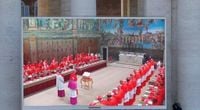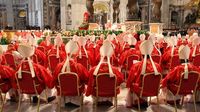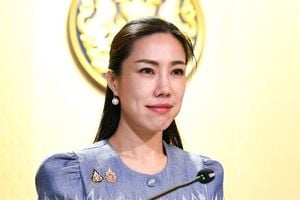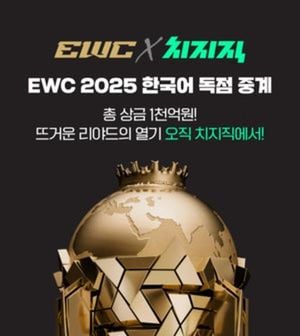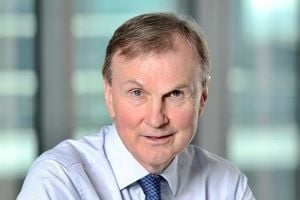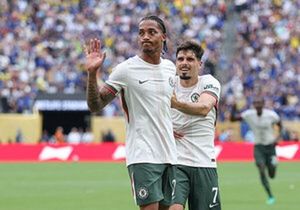The Catholic Church is entering a pivotal moment as it begins the election of a new pope in the conclave on May 7, 2025. Following the recent death of Pope Francis, this solemn event is marked by a strict protocol that has endured through the centuries, with 133 cardinals gathering in the Sistine Chapel to deliberate and vote in secrecy.
The duration of a conclave can vary significantly based on the dynamics among the cardinals. Recent conclaves have been relatively swift; for instance, the election of Pope Francis in 2013 was resolved in just two days, a speed comparable to that of Benedict XVI's election in 2005. In contrast, the conclave that elected John Paul II in 1978 extended into the afternoon of the third day, requiring eight rounds of voting.
Cardinal Raphael Sako expressed optimism regarding the upcoming conclave, stating, “It will be brief, two or three days. I have clear ideas. I know who I will vote for. There is a spirit of fraternity and responsibility.” This sentiment underscores the expectation for a quick consensus among the cardinals.
Historically, the election methods for a pope have evolved. Initially, three methods—acclamation, commitment, and scrutiny—were employed, but now the only method in use is individual and secret voting by the cardinals. A cardinal must secure two-thirds of the votes to be elected as the new pope. If this threshold isn’t met, the voting process is repeated on the same day.
The longest conclave in history occurred in Viterbo, lasting an astonishing 33 months from November 29, 1268, to September 1, 1271. This prolonged deadlock was due to fierce divisions between the French and Italian factions among the cardinals. To break the stalemate, local authorities in Viterbo took drastic measures, locking the cardinals in the papal palace and even removing the roof to pressure them into making a decision. Ultimately, a compromise was reached with the election of Gregory X, who later introduced the Constitution Ubi Periculum, establishing the conclave as the official process for papal elections.
Conversely, the shortest conclave lasted a mere ten hours, occurring between the night of October 31 and November 1, 1503. After the death of Pope Pius III, the cardinals swiftly elected Cardinal Giuliano della Rovere, who took the name Julius II.
Following the election, a meticulous protocol is observed. The outcome is signaled by the smoke that emerges from the chimney of the Sistine Chapel. Black smoke indicates that no pope has been elected, while white smoke signifies the election of a new pontiff. The bells of St. Peter’s Basilica then ring out, and the senior cardinal deacon ascends to the central balcony of St. Peter's Basilica to announce, in Latin, “Habemus Papam!” meaning “We have a pope!”
As the conclave unfolds, the world watches closely for signs of the new leader of the Catholic Church. The current conclave, which began on May 7, is being closely monitored, particularly in regions with a strong Catholic presence such as Latin America and Europe. Google Trends has reported a surge in searches related to the conclave, with notable interest from countries like Italy, Costa Rica, and Poland.
In Colombia, common queries include “When does the conclave start?” and “What does it mean?” Meanwhile, in Argentina, users are interested in “How many cardinals are participating in the conclave?” and “Who are the Argentine cardinals involved?”
The conclave process itself begins with a special Mass known as Pro Eligendo Pontifice, which is dedicated to seeking divine guidance in the selection of the new pope. Following this, the cardinals enter the Sistine Chapel, where they will remain isolated from the outside world, ensuring that the election process is free from external pressures.
On the first day, a single vote is conducted in the afternoon. From the second day onward, up to four votes can be held each day, with two sessions in the morning and two in the afternoon. If no candidate achieves the required two-thirds majority after three days, a day of prayer and reflection is observed. If the voting continues without a clear winner after approximately 33 votes, the process shifts to a simple majority vote between the two most popular candidates.
The conclave of 2025 is poised to be one of the most diverse in history, reflecting the global expansion of Catholicism and the reforms initiated by Pope Francis during his papacy. As the cardinals deliberate and vote, the anticipation builds among the faithful around the world, eagerly awaiting the moment when the new pope is revealed.
